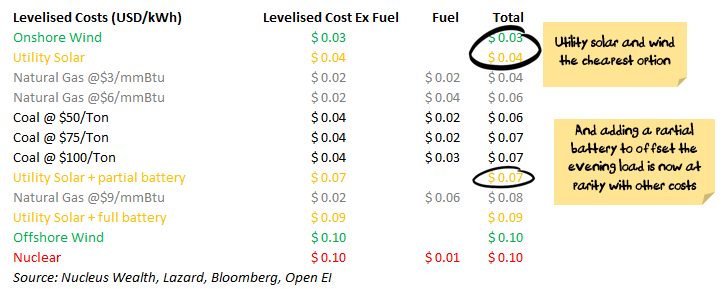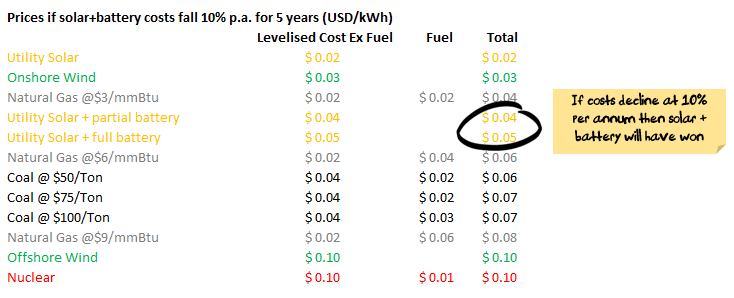Last week the International Gas Union issued its annual report on global gas prices. This is the industry benchmark report that the Australian gas cartel uses to argue in the Australian parliament that Aussie gas prices are reasonable. Here’s the 2019 results:
Australia comes in at 18th around $8Gj. This makes domestic Aussie gas the most expensive of any global producer, double and triple most of them, even if it is much cheaper than most of our Asian customers.
So it was dutifully reported by the media.
That should be enough for a major national scandal. Imagine if all of those oil and gas producers down the bottom of the list were paying Aussie prices for their own energy products. There’d be revolutions and international humiliation!
But there’s a problem in this chart that hides the extent of the real gouging. It does not disaggregate western and eastern gas prices in Australia. So let’s do that.
WA is in good shape because it has gas reservation with prices around $4mmBtu. It consumes more than half Australian domestic volumes. So if we reverse engineer the eastern Australian average wholesale price it comes out at $12mmBtu.
Thus, the disaggregated IGU chart would look like this:
East coast gas sold locally by the cartel is the most expensive on Planet Earth, in the Solar System, probably the galaxy and possibly the universe. WA gas, which is regulated using domestic reservation, is a respectable 33rd.
That’s right. 90% of the Australian population is paying 50% more for gas (and electricity as a result) than European countries dependent upon extortionate Russian gas. North Asian customers are buying Aussie gas via QLD export plants at a 20% discount to Aussies, even though to get it there requires the huge extra costs of freezing it, shipping it, unfreezing and piping it.
This is what happens when you loose a blood-sucking cartel in your critical energy supply chain and then let it corrupt your political economy. To wit:
The oil and gas industry, a major winner from federal Energy Minister Angus Taylor’s technology road map for emissions reduction, has vigorously backed the discussion paper and its championing of gas to help Australia chart a course to a low-emissions future.
…Angus Taylor’s discussion paper sets out the role for gas power to provide back-up for intermittent solar and wind as the grid relies increasingly on renewables.
…“Gas-fired generators can be rapidly started, making them complementary with intermittent renewable energy,” said Damian Dwyer, deputy chief executive of the Australian Petroleum Production and Exploration Association.
Not cheaply they can’t. In fact, renewables plus storage is already cheaper than gas as baseload power at current and projected prices (which will not fall below $10mmBtu on current policies):

And within five years (probably sooner) renewables plus storage will be half the price:

So, not only do 90% of Australians pay the highest gas (and therefore electricity) prices in the known universe, their government is doing everything it can to increase their dependence upon it.
Just how Australians were persuaded to abandon a carbon price that was free and would have delivered cheap and clean energy in record time, in favour of a gas cartel that is in effect a carbon tax levied directly upon them for private profit, protected by a corrupted government, delaying decarbonisation and wiping out our renewable advantages, is an episode of democratic failure so stupid that one really does have to worry about the fate of the nation, not to mention the species, let alone the planet.



